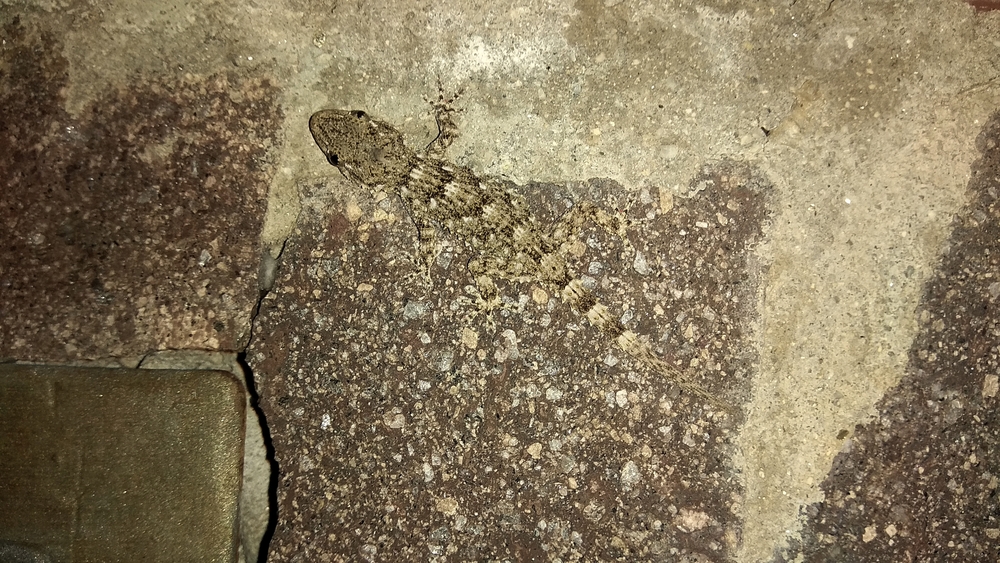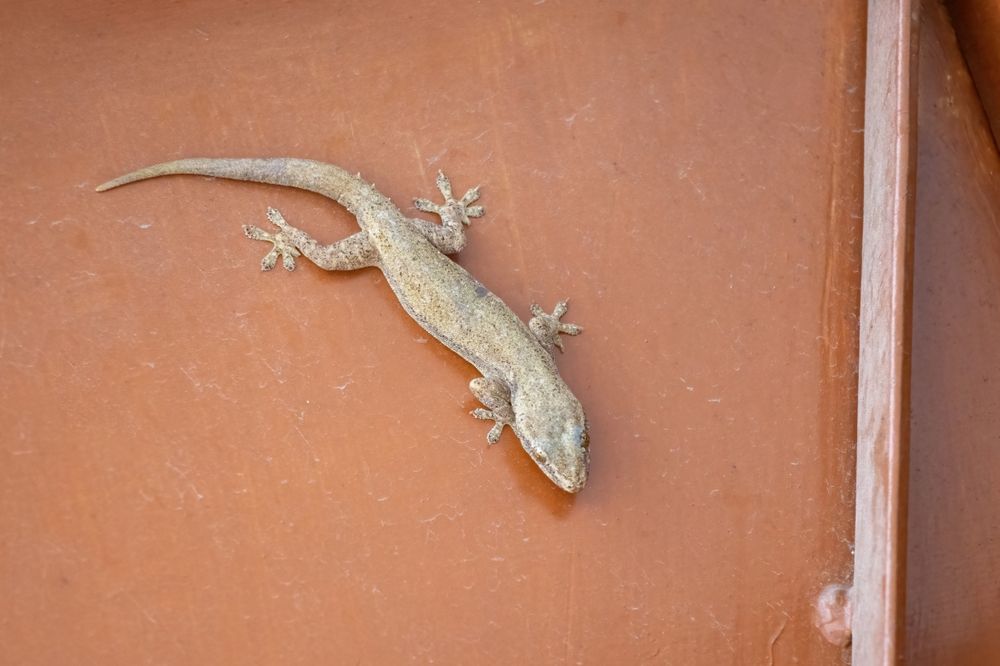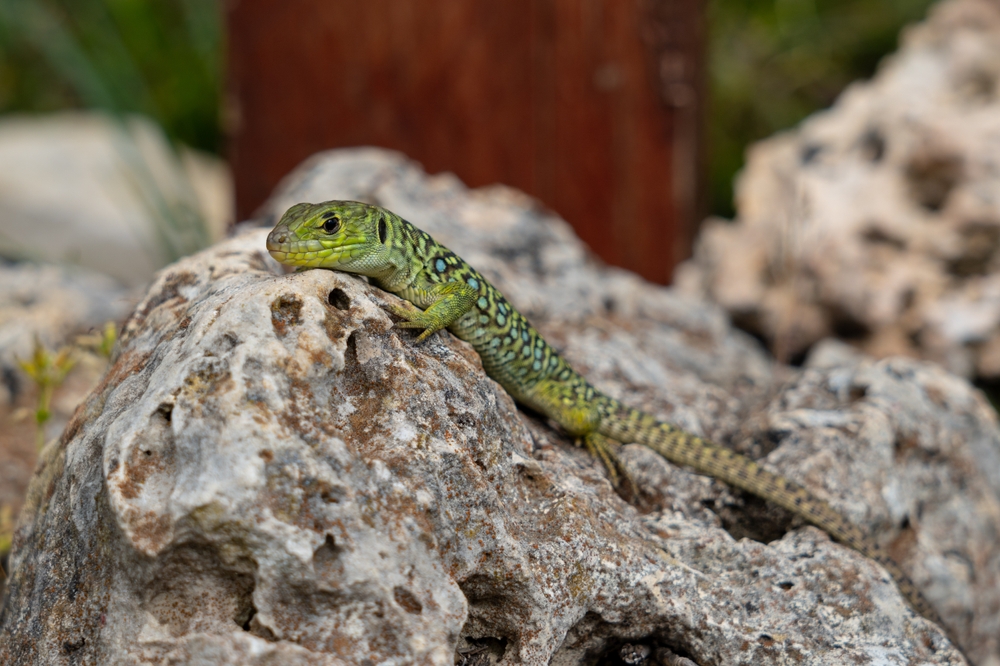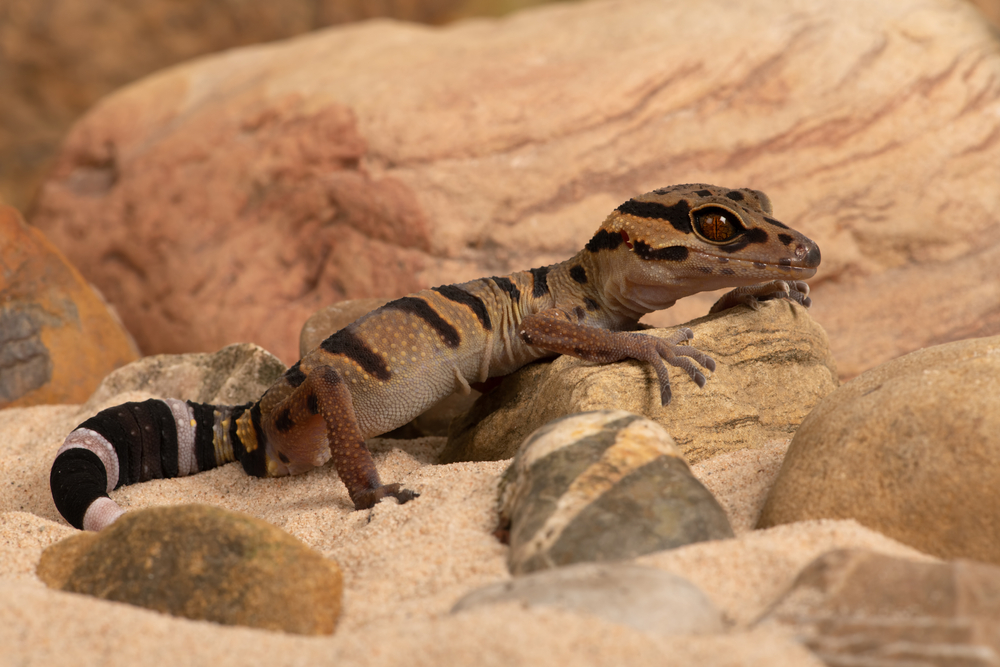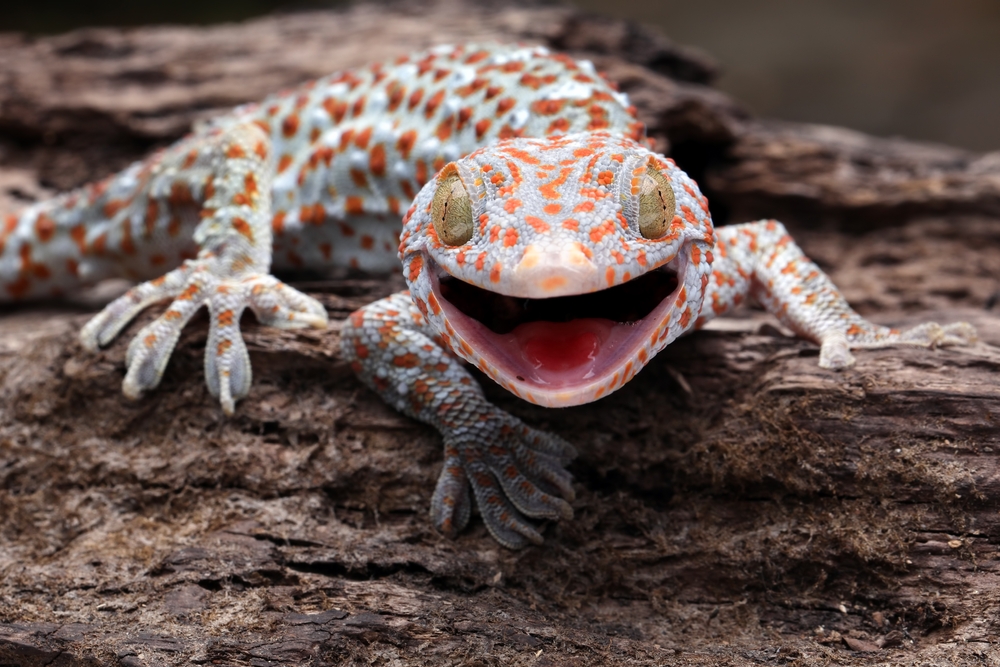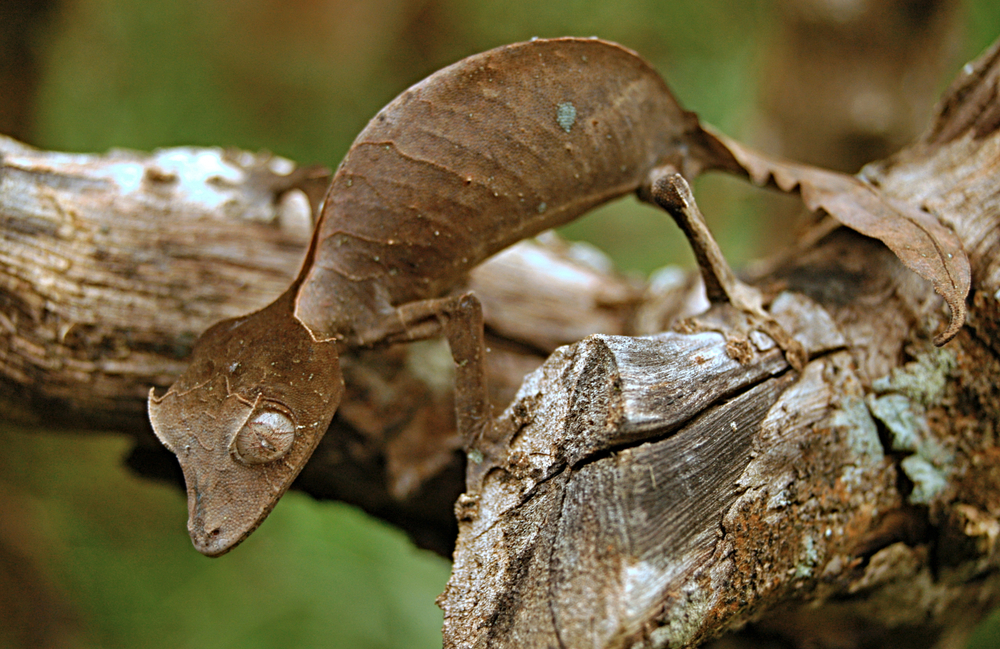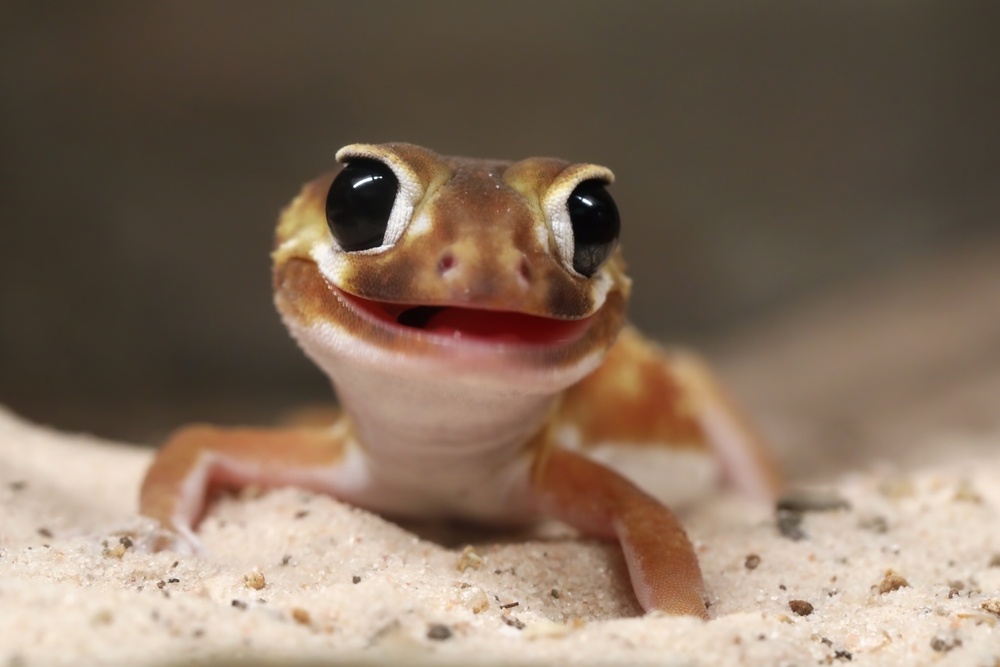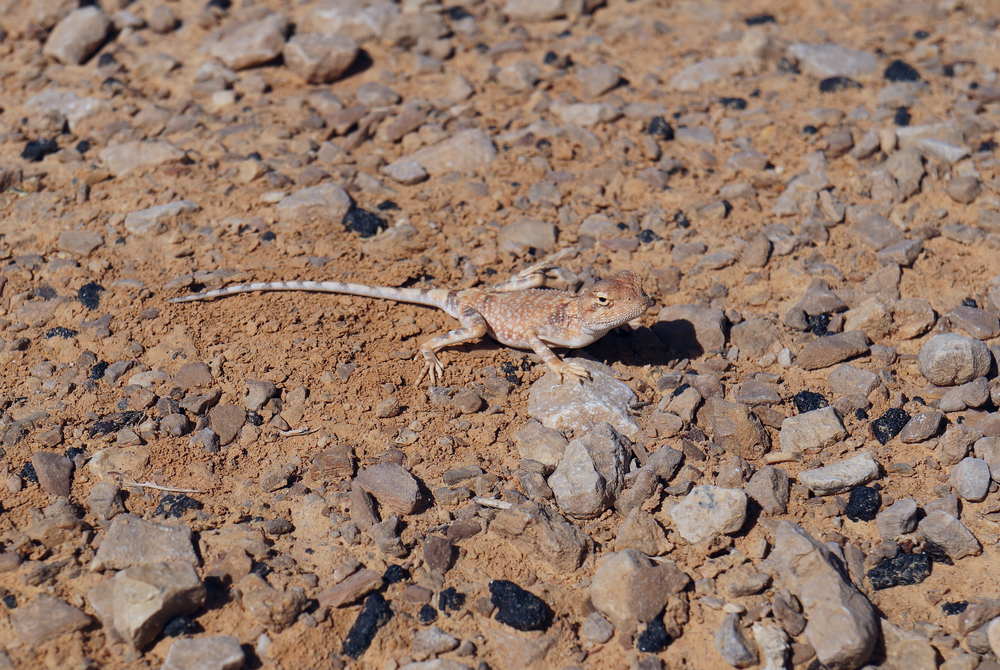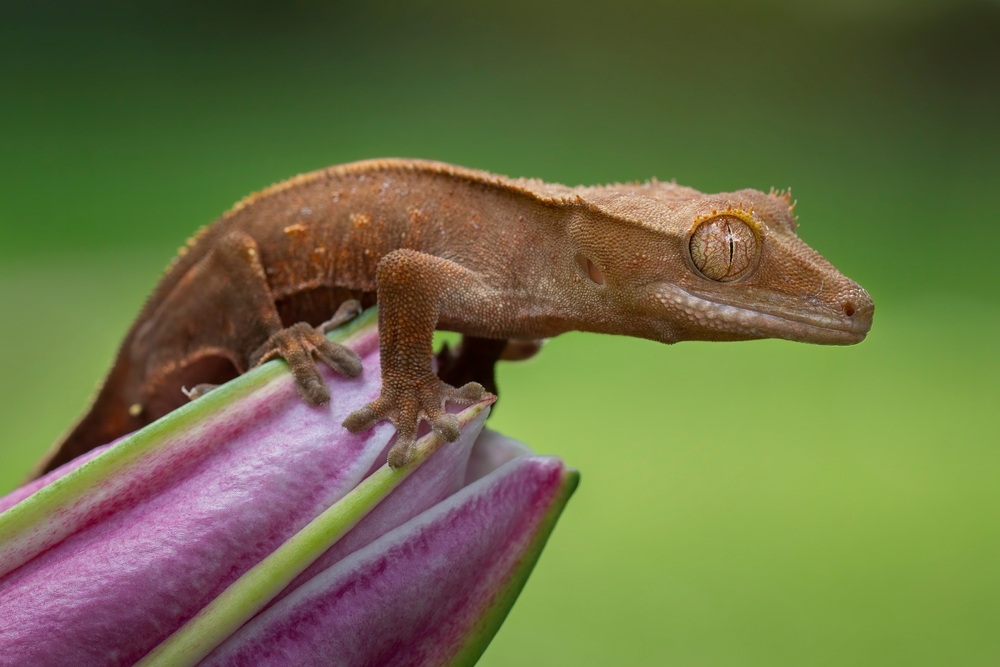Uniqueness
The Moorish Gecko stands out among reptiles for its rugged appearance, adaptability to urban environments, and silent role as a natural insect controller. Its resilience and distinctive traits have enabled it to flourish across southern Europe, North Africa, and even introduced regions.
Urban Specialist:
Unlike many geckos that rely solely on natural habitats, the Moorish gecko thrives in human-modified areas such as stone walls, ruins, houses, and lamp-lit patios. It has adapted to coexisting with people while remaining largely unnoticed due to its nocturnal habits.
Adhesive Toe Pads:
Its specialized toe pads, lined with microscopic setae, allow it to cling to and move effortlessly across vertical walls, ceilings, and even glass. This ability is key to its success in climbing man-made structures and foraging for insects attracted to lights.
Nocturnal Predator with Daytime Visibility:
Though primarily nocturnal, the Moorish gecko is one of the few gecko species that is occasionally seen basking in the daytime, especially in cooler months. Its semi-diurnal behavior in some regions makes it a rare sight among geckos.
Rough, Armored Appearance:
Unlike the smoother-skinned house geckos, the Moorish gecko features a tuberculate, warty skin and a slightly flattened body with raised spines and ridges—giving it an almost prehistoric, armored look.
Tail Autotomy and Regeneration:
When threatened, it can shed its tail (a process called autotomy) to distract predators. The tail regenerates, although the new tail is often smoother and less patterned than the original.
Silent and Solitary:
The Moorish gecko is generally silent, lacking the vocal repertoire of other geckos such as the Tokay. It lives a solitary lifestyle, often returning to the same hunting and hiding spots night after night.
Introduced but Stable:
Although native to the Mediterranean, this gecko has been introduced to parts of the Americas and other regions. It often integrates without becoming invasive, due to its niche preference and insectivorous diet.



































































